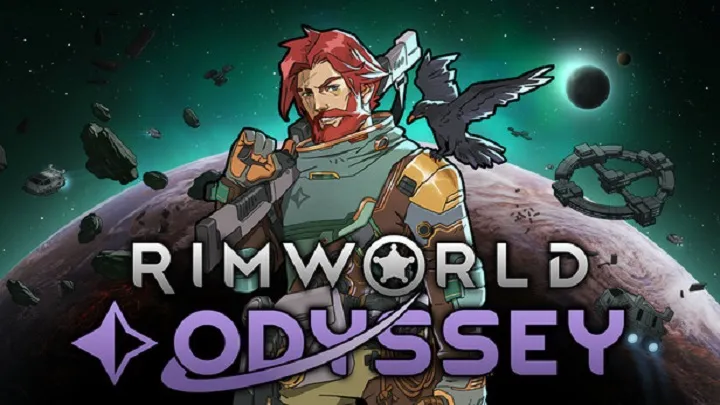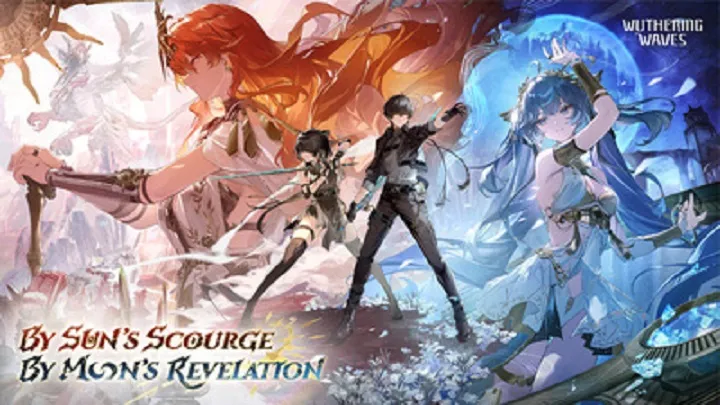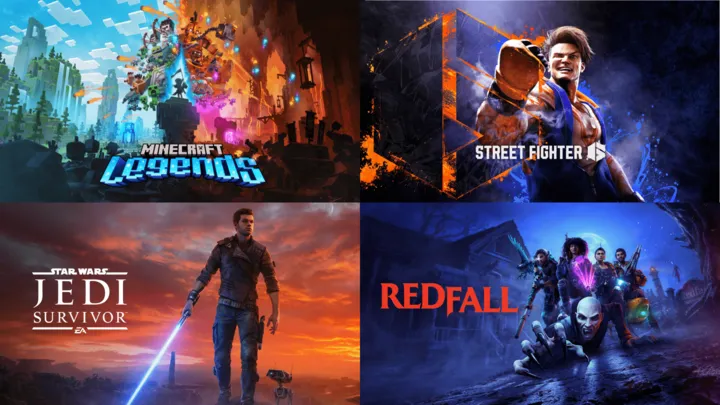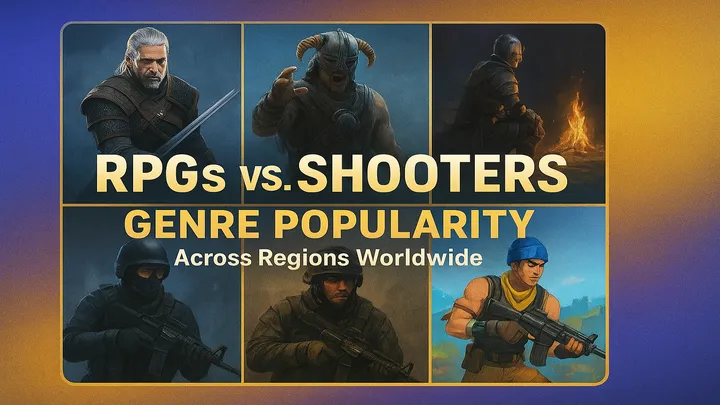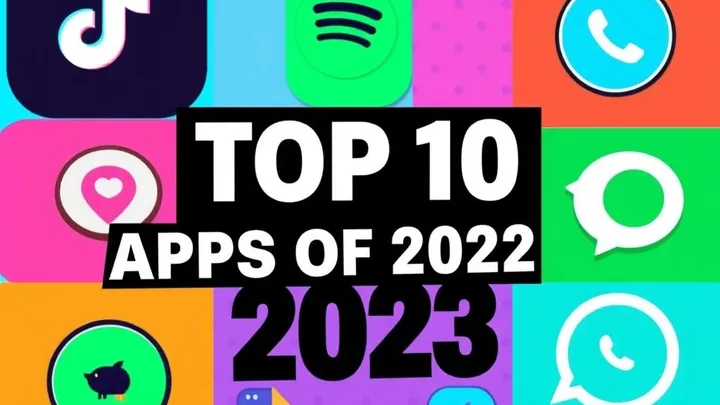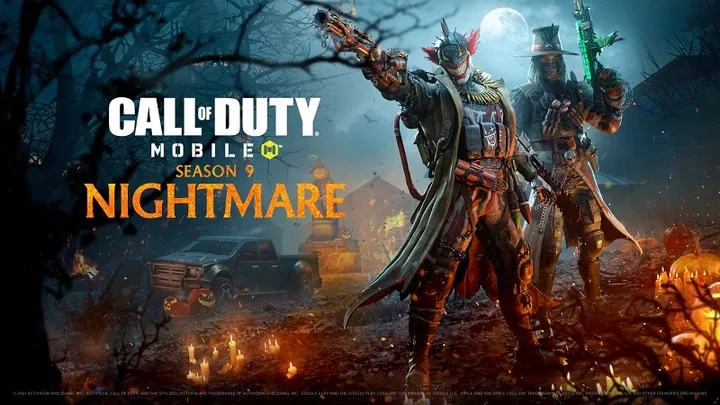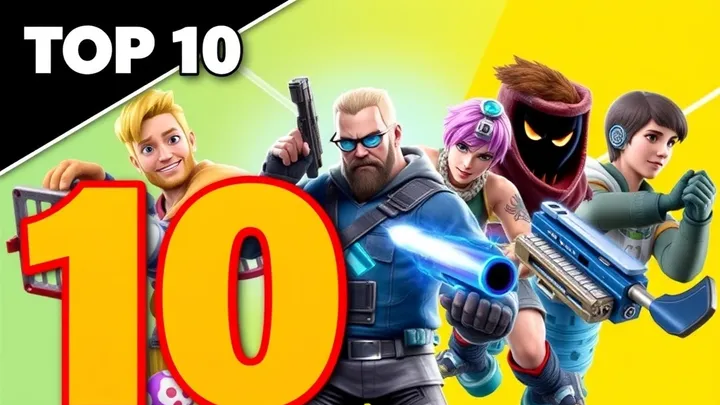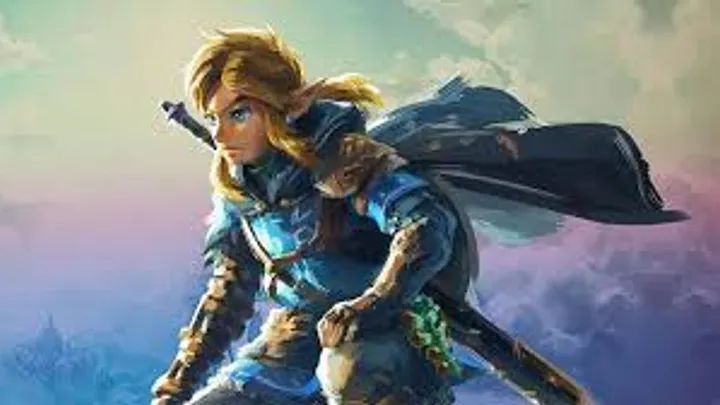Introduction
Released in June 2020 by Riot Games, Valorant has swiftly become a powerhouse in the competitive gaming landscape. Combining elements of tactical shooters and character-based gameplay, it has attracted millions of players and a thriving esports scene. This article delves into the game's mechanics, strategies, lore, and impact on the gaming community, providing a comprehensive overview of what makes Valorant a standout title.
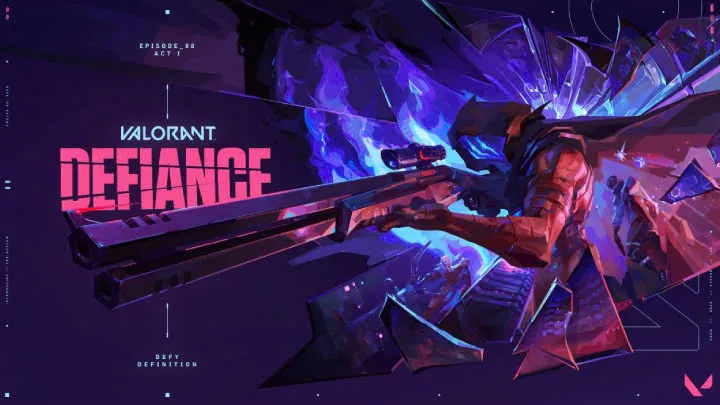
1. Game Overview
1.1 What is Valorant?
Valorant is a free-to-play first-person shooter (FPS) that emphasizes teamwork, strategy, and precise shooting mechanics. Set in a near-future Earth, players assume the roles of "agents," each equipped with unique abilities that can influence gameplay. The game is primarily played in a 5v5 format, where one team attacks and the other defends, with the objective of planting or defusing a bomb-like device called the Spike.
1.2 Development and Release
Riot Games, renowned for its flagship title League of Legends, developed Valorant after years of research into FPS mechanics and player feedback. The closed beta launched in April 2020, allowing players to test the game and provide valuable feedback. The full release followed in June 2020, and the game quickly gained traction, thanks to its engaging gameplay and the backing of a well-established developer.
2. Core Gameplay Mechanics
2.1 Agents and Abilities
At the heart of Valorant are its diverse agents, each belonging to one of several roles: Duelist, Initiator, Controller, or Sentinel. Each agent has a set of unique abilities that can be used strategically throughout the game.
2.1.1 Roles Explained
- Duelists: These agents excel in taking down enemies and creating space for their team. Their abilities often enhance their combat capabilities.
- Initiators: Designed to break through enemy defenses, initiators have abilities that can scout enemy positions or disrupt their strategies.
- Controllers: These agents manipulate the environment, using abilities to block sightlines and control areas of the map.
- Sentinels: Focused on support and defense, sentinels can heal teammates or provide intelligence on enemy movements.
2.2 Game Modes
Valorant features several game modes, each catering to different playstyles and preferences:
- Unrated: The standard mode, where teams compete to win rounds by either planting the Spike or eliminating the opposing team.
- Spike Rush: A fast-paced mode where each player has random abilities and weapons, promoting quick matches.
- Competitive: A ranked mode that allows players to climb the competitive ladder, emphasizing teamwork and skill.
- Deathmatch: A casual mode focused on individual skill, where players respawn immediately after being eliminated.
2.3 Economy System
A unique aspect of Valorant is its economy system. Players earn credits based on their performance in each round, which can be used to purchase weapons and abilities in subsequent rounds. This adds a layer of strategy, as teams must decide when to save or spend their credits based on the current game's state.
3. Maps and Environments
Valorant features a variety of maps, each designed with distinct layouts and strategies in mind.
3.1 Map Design
Maps are intricately designed with multiple pathways, sightlines, and hiding spots, encouraging players to develop strategies tailored to each location. Key maps include:
- Bind: Known for its teleporters that allow players to quickly traverse the map, creating dynamic gameplay opportunities.
- Haven: Unique for having three bomb sites, which forces teams to spread their defenses and provides attackers with more options.
- Split: Features verticality and tight corridors, emphasizing the importance of map control and ability usage.
3.2 Map-specific Strategies
Each map requires specific strategies based on its layout. For instance, controlling the middle of Haven can provide significant advantages, while on Bind, utilizing teleporters effectively can catch opponents off guard.
4. Competitive Scene
4.1 Rise of Esports
Since its launch, Valorant has quickly established itself in the esports arena. Major tournaments, such as the Valorant Champions Tour (VCT), bring together the best teams from around the world to compete for substantial prize pools.
4.2 Professional Teams and Players
Numerous professional teams have emerged, each boasting talented rosters. Teams like Sentinels, Fnatic, and G2 Esports have made headlines with their impressive performances, attracting large fanbases.
4.3 Impact of Streaming and Content Creation
The rise of streaming platforms like Twitch has further fueled Valorant's popularity. Many professional players and content creators stream their gameplay, attracting viewers and inspiring new players to join the community.
5. Community and Player Engagement
5.1 Community Involvement
Riot Games actively engages with the Valorant community, regularly seeking feedback and implementing changes based on player suggestions. This open dialogue has fostered a strong sense of community among players.
5.2 Events and Updates
Regular updates introduce new agents, maps, and gameplay changes, keeping the game fresh and exciting. Seasonal events and limited-time modes also provide players with new challenges and rewards.
5.3 Fan Content and Culture
Valorant has inspired a vibrant fan community that creates artwork, fan fiction, and memes. This creative output contributes to the game's culture, further enriching the player experience.
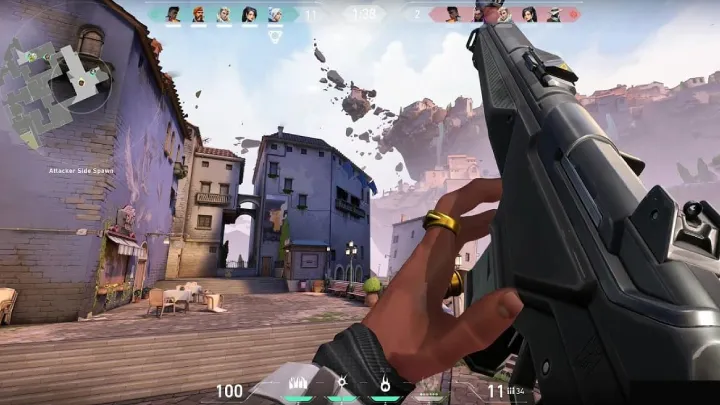
6. Challenges and Criticism
6.1 Balancing Issues
Like many competitive games, Valorant occasionally faces balancing issues, with certain agents or weapons dominating the meta. Riot Games continually works to address these concerns through patches and updates.
6.2 Cheating and Toxicity
The competitive nature of Valorant has led to challenges regarding cheating and toxic behavior. Riot Games has implemented anti-cheat measures and community guidelines to combat these issues, fostering a healthier gaming environment.
7. Future of Valorant
7.1 Continued Development
Riot Games has committed to supporting Valorant with regular updates, new content, and events. The game's roadmap includes plans for new agents, maps, and features, ensuring continued player engagement.
7.2 Expanding the Universe
The lore of Valorant is gradually being expanded, with potential for future storytelling through in-game events, comics, or cinematic trailers.
7.3 Evolving Competitive Landscape
As the esports scene continues to grow, Valorant is likely to see increased investment and attention from organizations, sponsors, and fans alike.
Conclusion
Valorant has established itself as a compelling title in the competitive gaming landscape, combining tactical shooting mechanics with character-based gameplay. Its diverse roster of agents, strategic depth, and thriving community contribute to its ongoing success. As Riot Games continues to develop and support the game, Valorant is poised to remain a significant player in the esports arena and the gaming world at large.








